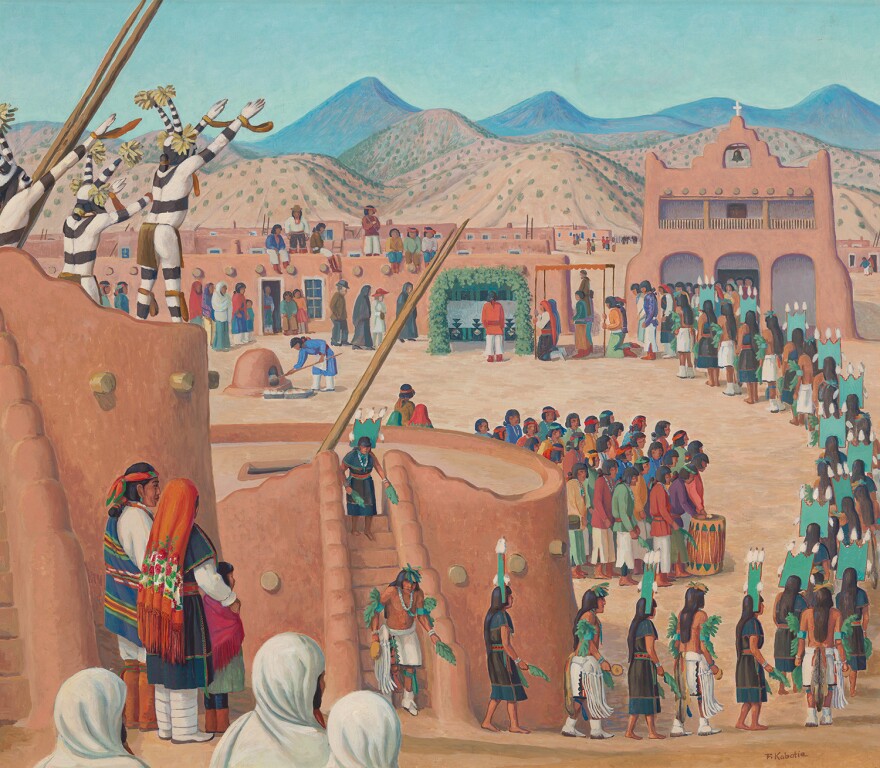A new exhibition showcasing American Indian art opens Friday at UNC-Chapel Hill's Ackland Art Museum.
The traveling exhibition of about 75 works is called . The Gilcrease Museum, located in Tulsa, Oklahoma, has a collection that was largely built by the late , a member of the Muscogee Nation.
The Ackland is the first of three venues in the U.S. to feature the traveling exhibition.

According to Peter Nisbet, Ackland's deputy director for curatorial affairs, the pieces in the exhibition include ancient and contemporary artworks from multiple tribes, such as the Kiowa and Cherokee. Some European American artworks are also part of the exhibition, Nisbet said, to encourage a dialogue about cultural exchange.
Rather than being arranged by artist or time period, the collection is organized into four concepts: ceremony, sovereignty, visual abstraction and identity.
“There are many points of entry into this exhibition, which is, I think, one of its strengths,” Nisbet said. “There are these themes we're talking about. There's the individual objects themselves that can be stunningly beautiful. There is the larger question — the Ackland is thinking about its own engagement with Native American art. It is a rich, rich show.”
Included in the exhibition are pieces that are thousands of years old, like a butterfly-shaped bannerstone dating back to at least 1000 B.C.E. But the exhibition aims to emphasize works from the 19th century and onwards. Making up about a quarter of the exhibition are works created within the past 50 years, according to Nisbet.
“Modern Native American artists of our own time have consciously looked back to earlier traditions to reanimate them, to have that as an ongoing continual conversation with the past,” Nisbet said. “The title of the show hopes to allude to that.”

By having such an exhibition at the Ackland, Nisbet said one of the museum’s goals is to increase recognition of Midwestern artists who are lesser-known along the East Coast.
“The exhibition itself has a goal of making an argument that Native American art is not just a facet of American art,” Nisbet said. “It’s its own tradition, in a way. It has its own strengths, but is also an essential part of the broader story.”
Nisbet said he hopes that through the exploration of the exhibition’s themes, the works resonate with audiences at the university and across the state, especially considering that North Carolina has the east of the Mississippi River. It is home to the Occaneechi Band of the Saponi Nation, the Coharie, the Eastern Band of Cherokee Indians, the Haliwa-Saponi, the Lumbee Tribe of North Carolina, the Meherrin, the Sappony, the Waccamaw Siouan, and the Tuscarora.
In addition to the traveling exhibition, the Ackland will feature its own collection of American Indian art and host interactive programs, like guided tours and scholarly lectures. The exhibition runs through April 28.







